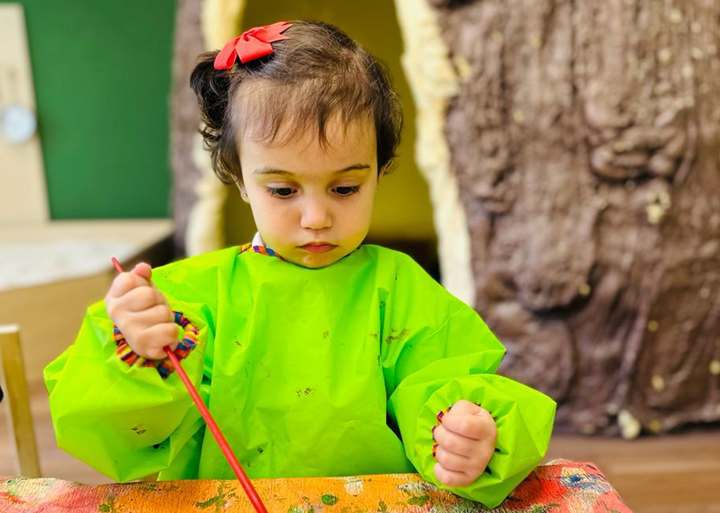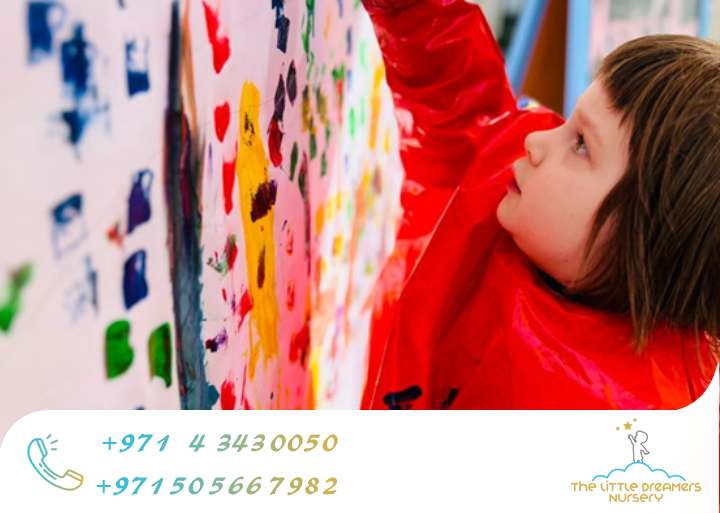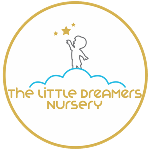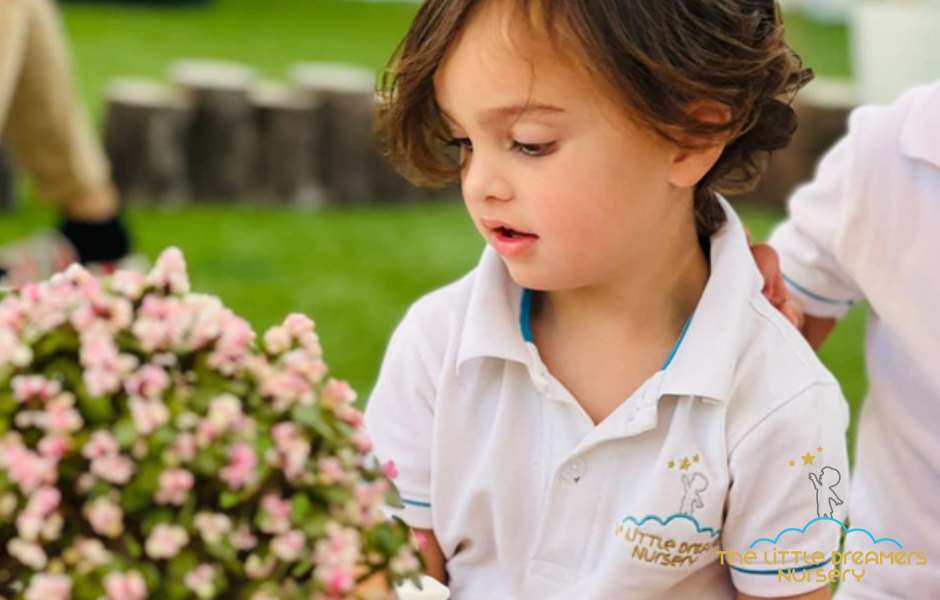Every child develops at their own pace, but having a general understanding of common milestones can be helpful for parents and caregivers at child nursery. This guide provides a comprehensive Developmental Checklist for 3-4 Year Olds, covering various aspects like gross motor skills, fine motor skills, social-emotional development, language and communication, and cognitive skills.
Remember, this checklist is for informational purposes only and should not be used for diagnosis. If you have any concerns about your child’s development, it’s always best to consult with a pediatrician or early childhood development specialist. But as you continue reading, you’ll gain valuable insights into the exciting developmental leaps your child might be making between the ages of 3 and 4!
What should a 3-year-old be able to do developmentally?
Three-year-olds are a whirlwind of energy and curiosity! This is a time of tremendous growth, both physically and mentally. So, if you don’t know What should a 3-year-old child be able to perform, then take a look at this Developmental Checklist for 3-4 Year Olds:
- Gross Motor Skills: Your little one is likely a master at running, jumping, and climbing. They can easily walk up and down stairs (usually one foot per step), and may even start attempting to hop on one foot. Look out for their developing coordination as they throw a ball overhand and kick it forward.
- Fine Motor Skills: Three-year-olds are constantly honing their dexterity. They can use a spoon and fork effectively, build towers with at least 10 blocks, and even attempt to draw simple shapes like circles and lines. Unscrewing lids and turning door knobs become a fun challenge as they gain control over their fine motor movements.
- Social-Emotional Development: This age is marked by increased independence and a growing desire to play alongside other children. Three-year-olds may still have moments of frustration, but they’re also learning to express emotions and take turns. Expect to see pretend play flourish as they use their imaginations to create elaborate scenarios.
- Language and Communication: Conversations with your 3-year-old become more engaging as they use two-word phrases and even simple sentences. They understand basic questions like “who” and “what,” and can follow simple instructions. Their vocabulary expands rapidly, and they may start asking endless “why” questions – a sign of their curious mind!
Cognitive Skills: Sorting objects by color and shape becomes a fun activity for 3-year-olds. They can start to recognize numbers and may even attempt to count a small number of objects. Basic concepts of time, like morning and night, are grasped, and they can differentiate between familiar objects based on size and function.

What is normal behavior for a 3-year-old?
Three-year-olds are a captivating mix of boundless energy, blossoming curiosity, and a developing sense of self. It’s a time of incredible growth, and their behaviors might seem unpredictable at times. Here’s a look at some common behaviors you can expect from a healthy 3-year-old:
- A Whirlwind of Activity: Running, jumping, and climbing is their jam! They’re constantly on the move, exploring their surroundings and testing their newfound physical abilities.
- Independent Streak: They crave independence and want to do things themselves, from dressing to eating. Expect some frustration as they perfect these skills, but offer gentle guidance and encouragement.
- Emotional Rollercoaster: Emotions run high at this age. They might express joy, frustration, or anger intensely, sometimes with little warning. Helping them identify and verbalize their feelings is key.
- Curious Minds: Their world is full of “why” questions. This insatiable curiosity fuels their exploration and learning. Engage their questions with patience and provide age-appropriate answers.

- Parallel and Cooperative Play: While solitary play (parallel play) is still common, 3-year-olds start to show interest in playing alongside other children (cooperative play). They might engage in pretend play, creating elaborate scenarios using their imaginations.
- Testing Boundaries: They’re learning about limits and will often test them. Setting clear and consistent expectations helps them understand what’s acceptable behavior.
- Fear of the Unknown: New experiences or unfamiliar situations might trigger anxiety. Providing reassurance and a sense of security can help them feel comfortable.
- Strong Attachment: While they crave independence, they still need the comfort and security of familiar adults.
Remember, every child develops at their own pace. This information provides a general framework for understanding normal behavior in 3-year-olds. If you have any concerns, don’t hesitate to consult your pediatrician or a child development specialist.
 Conclusion
Conclusion
The 3–4-year-old age group is a remarkable period marked by rapid physical, cognitive, and social-emotional development. While this Developmental Checklist for 3-4 Year Olds provides a helpful overview, remember that every child develops at their own pace. At The Little Dreamers Nursery, we understand the importance of fostering a nurturing and stimulating environment that celebrates each child’s unique journey.
Our qualified caregivers create a safe and engaging space where children can explore, learn, and grow through play-based activities. We believe in supporting each child’s individual needs and milestones, fostering their curiosity, creativity, and social skills.
If you’re looking for a warm and supportive environment where your child can blossom, then contact us today. We’d be happy to answer any questions you may have and schedule a visit for you and your little one!









This blog is a must-read! It offers a thorough developmental checklist for 3-4 year olds, providing parents with valuable benchmarks to track their child’s growth and progress.